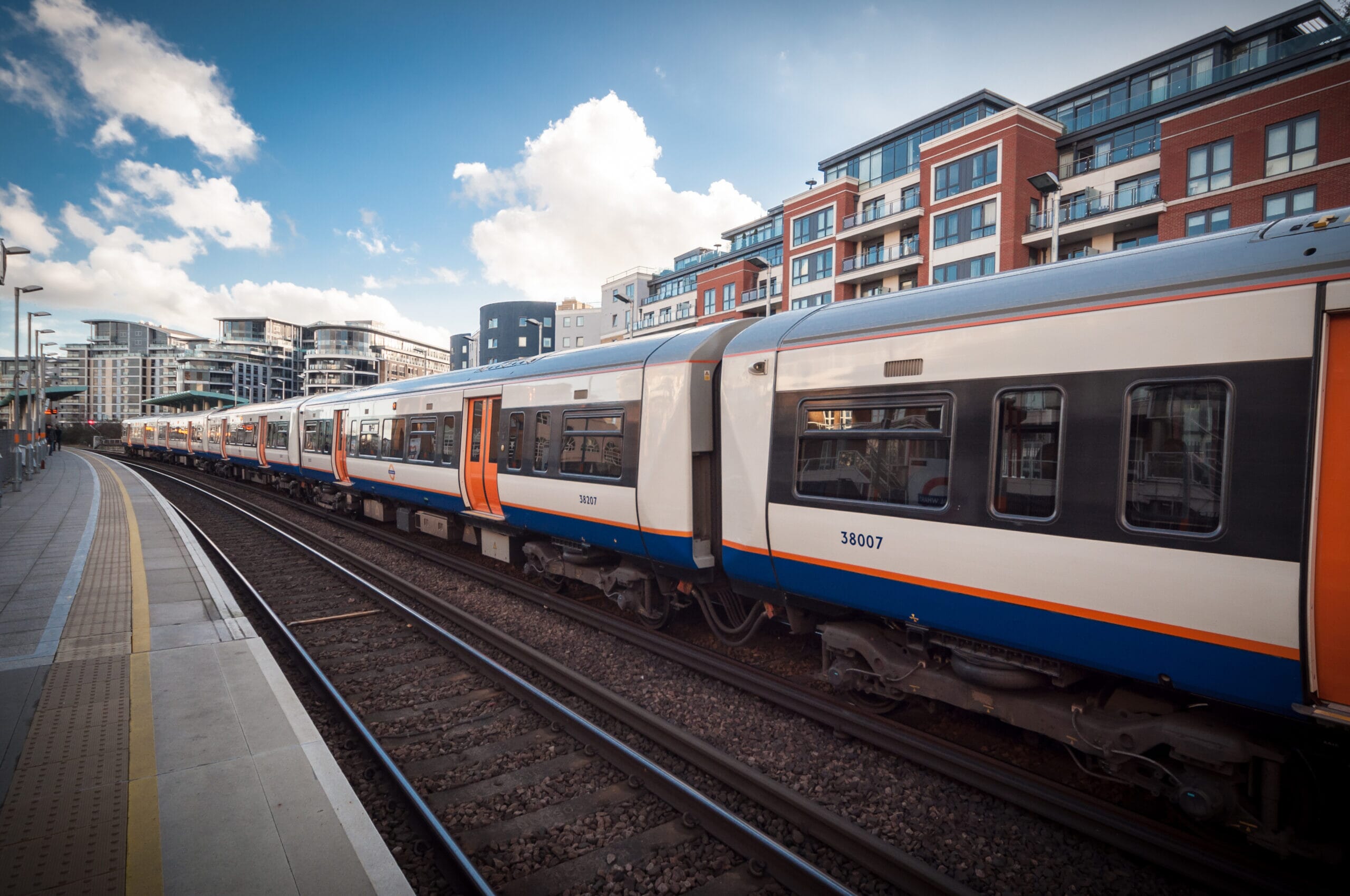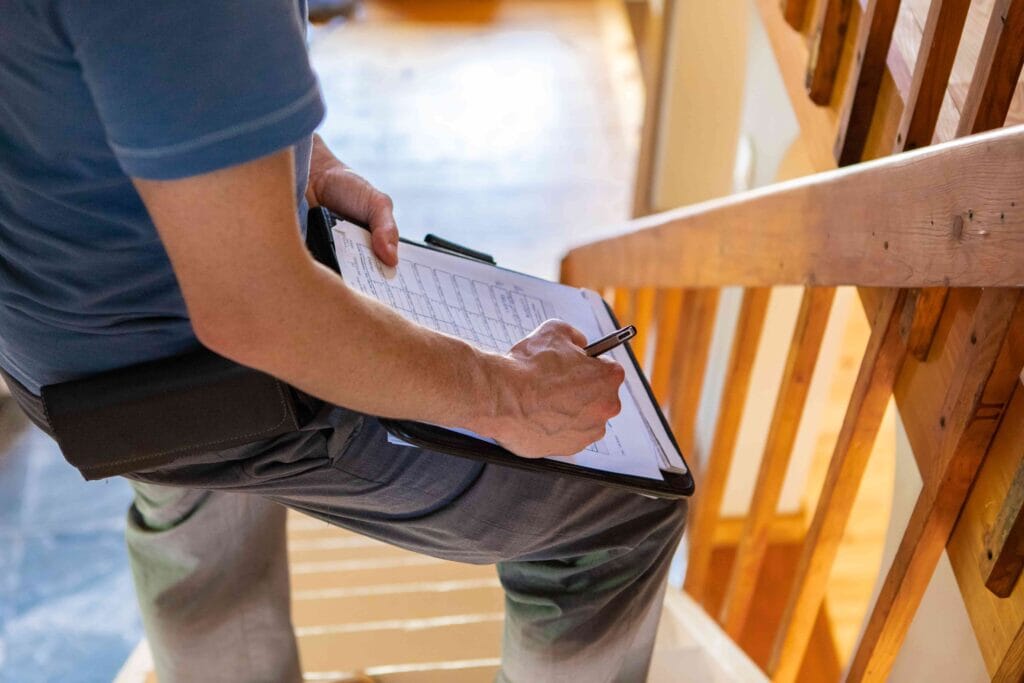
Is there a Building Regulation concerning air quality?
Part L/Section 6
Is there a Building Regulation concerning air quality?
In this series of articles, we aim to answer some of your questions about the upcoming changes to Approved Documents L and F, SAP methodology and the Future Homes Standard.
Current proposals suggest these regulations will be coming into force in England from October 2020. Contact us with your own questions about the regulation changes, or to discuss our training seminars and workshops.
Is there a Building Regulation concerning air quality?
AD F deals with ventilation in our homes, but not specifically air quality. That’s due to change when the regulation is updated next year.
Air quality inside our homes has never been a concern of Building Regulations. But the Future Homes Standard is proposing a change to AD F which would force new-build developers to take action, especially where homes are built in areas with known air quality issues.
Part F of Building Regulations in England ensures new buildings have a suitable amount of air flow and adequate ventilation systems to avoid pollutants building up and to reduce the risk of mould growth.
But Government research has shown many new homes aren’t receiving enough air flow to avoid these issues. It’s not just a design issue… there are some homes which were shown to have inadequate ventilation, but many issues were due to occupants turning off the systems completely because they are too noisy or causing a draught.
The challenge is to ensure new homes have good ventilation and air quality, without the systems being intrusive for occupants.
The Future Homes Standard is proposing several changes to AD F to help find a solution to this. One section specifically targets homes which are built in poor air quality areas. This is a subject not currently considered anywhere in Building Regulations.
The proposal suggests buildings which are ‘located near to significant local pollution sources’ should be designed in such a way to minimise polluted air from entering the building.
This may include blocks of flats which are next to a main road or industrial factories. Developers will be expected to install advanced whole house ventilation (System 4), consider installing unopenable windows and ensure any external ducting is positioned away from noisy or polluted areas.
The regulation changes also suggest a more detailed testing and commissioning process for newly installed ventilation systems to ensure they have been installed correctly and that they are running both efficiently and quietly.
But one key piece of information is currently missing from these proposals – how we define a ‘significant local pollution source’. It’s possible this will be based on data collected locally by councils or may be linked to work which the developer carries out as part of a planning condition.
Good air quality in our homes is a question of wellbeing, as is summer overheating. Both of these topics could become new entries into our Building Regulations in the next year or so. We’ll release further articles when we know more.





